Optimal Timing for Hot Tub Installation
Determining the optimal time for hot tub installations involves considering various factors such as weather conditions, temperature, and project complexity. Proper timing can influence installation efficiency, safety, and long-term performance.
Spring offers moderate temperatures and longer daylight hours, facilitating smoother installation processes and reducing weather-related delays.
Summer provides warm weather conducive to outdoor work, but high temperatures may require additional precautions for workers and equipment.
Fall allows for preparation before winter, with cooler temperatures that help in curing and settling the hot tub setup.
Winter installations face challenges such as cold weather and snow, which can complicate groundwork and setup, but may be suitable in milder climates.
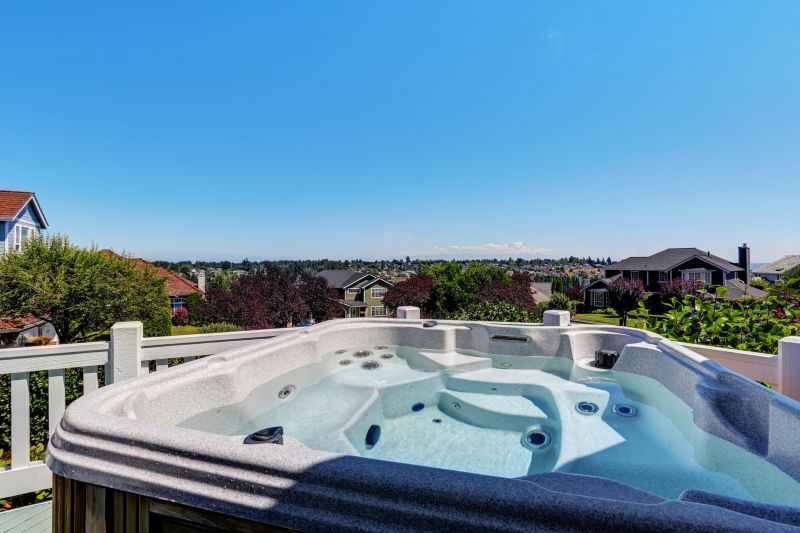
Spring's moderate weather supports efficient installation with minimal weather disruptions.

Warm summer days facilitate outdoor work, but precautions are necessary for heat management.
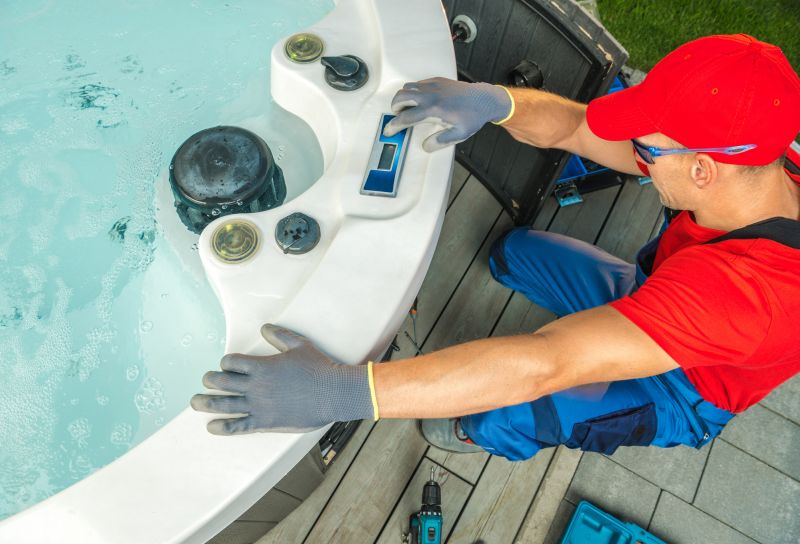
Installing in fall ensures readiness before winter, allowing time for testing and adjustments.
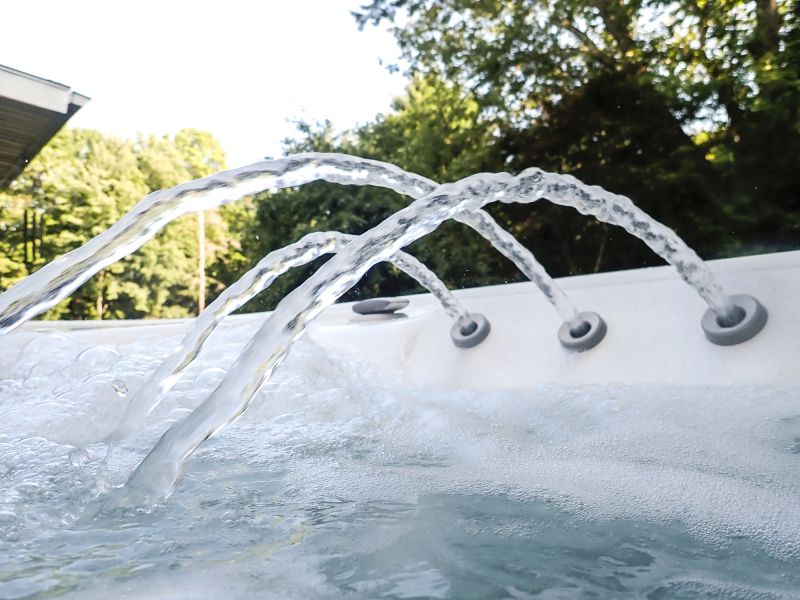
Ways to make Hot Tub Installations work in tight or awkward layouts.
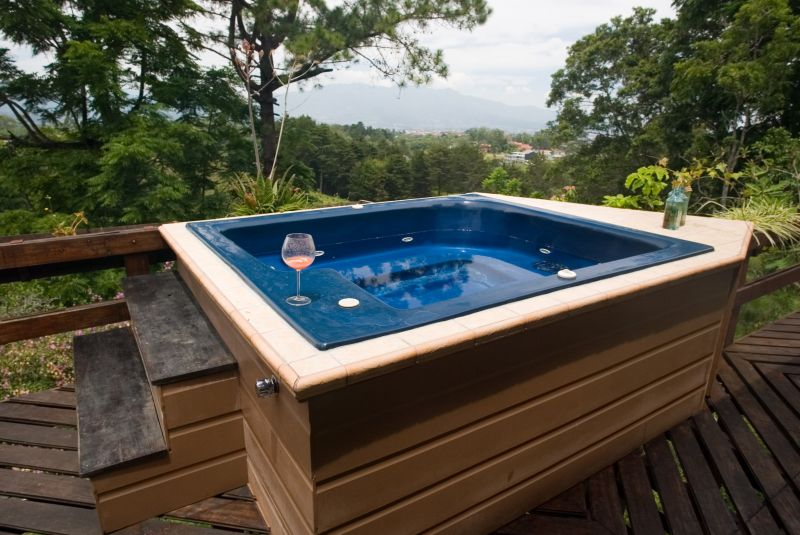
Popular materials for Hot Tub Installations and why they hold up over time.
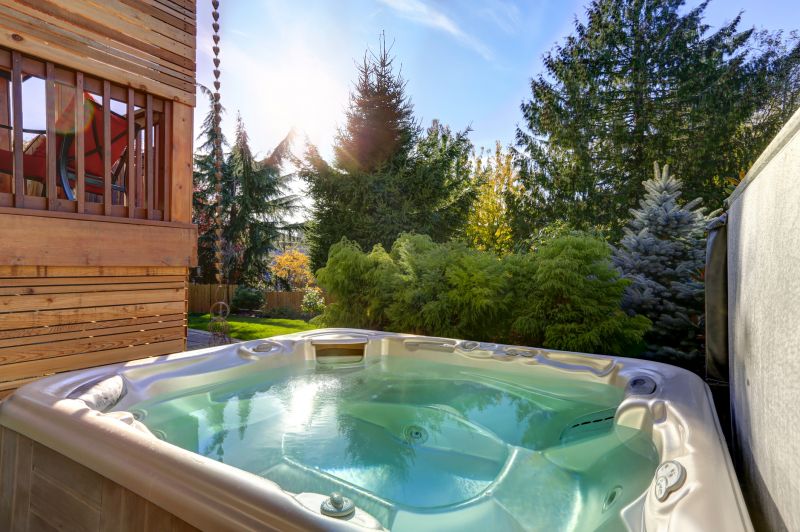
Simple add-ons that improve Hot Tub Installations without blowing the budget.
| Season | Ideal Conditions |
|---|---|
| Spring | Moderate temperatures, longer days, minimal weather delays |
| Summer | Warm weather, longer daylight, potential heat precautions |
| Fall | Cooler temperatures, preparation before winter |
| Winter | Challenging weather, suitable in milder climates |
Hot tub installations require careful planning to align with seasonal conditions that support optimal setup and operation. Proper timing can reduce delays, improve safety, and ensure the longevity of the hot tub. Weather patterns, temperature ranges, and project scope are key considerations in selecting the best time for installation.



